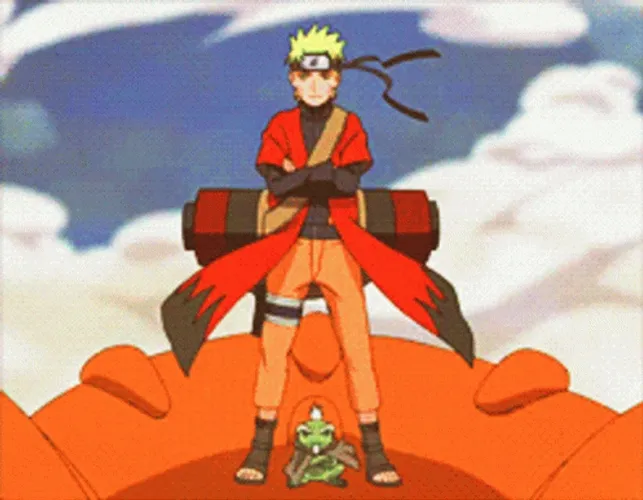Quercus Species : Acacia Mangium Acadiakoa https://youtube/EE3CKGGL5N8 BEWARE THIS VIDEO
I've been watching The Curse of Oak Island this season—I've watched sporadically but the drilling is boring to me and all the false hits with the metal detectors in the swamp, etc. I've watched the new season though. I've always had a lot of questions about the whole deal and the theories are fascinating but pretty farfetched.
Considering Oak Island's location, it doesn't at all surprise me that a few colonial era coins/buttons--even a piece of grape shot from a cannon-- have been found there. The British and other Europeans sailing through were there from the days of first exploration. A few things that haven't been covered that seem really important to me, though, are the non-native oak trees that were planted there and the age of coconut fiber found around the drains in Smith Cove. That fiber was carbon dated to between 1200 and 1400. There's no more to be said about the coconut fiber, I guess—that is what it is. But the oak trees fascinated me.
I wrote to the Oak Island folks who now are in charge of searching for the money pit and handling the "interpretative center." I asked if there are still oaks on the island and if so, are any of them really old/is the variety traceable to point of origin in Europe or elsewhere. I got a really short, less than satisfying answer saying there are lots of oaks on the island: Red Oaks, which are native to New England and Nova Scotia. They said the canopy oaks might ? be explained by changes in climate. However, they didn't answer my questions if any were left or where they came from. I googled "canopy oaks" and there is no oak called that. It referred me to bur oaks, whose range is in the Midwest.
I was very excited, then, when today I came across a You Tube video on the mystery of the oaks.
BEWARE THIS VIDEO! Besides the fact that this guy's ultimate theory is way out there (Phoenicians) he gave a long supposedly very factual talk about the original oaks that gave the island its name (pictures of them begin at 44 secs and go on for a few minutes). He said there are none left on the island; the photographs of them he has were from the early 1920's, towering above the other trees. At that time there were seven left (he says that's the origin of the legend that "Seven must die before the treasure is found." Once all the trees were cut down and there was still no treasure, they figured it must be people who have to die). I don't doubt the photos are real, but I don't know what kind of oak, if oak at all, they are. The video in the link says it is Quercus Species: Acacia Mangium Acadiakoa, a type of oak from North Africa/the Levant. Well, I googled that, too, and from what I can tell, there is no such tree. Quercus is the species name for oaks, alright, of which there are about 600 varieties, but "Acacia" is apparently a different species, not an oak. There is an "Acacia Mangium Acacia Koa" which is a tree native to Australia, but it has nothing to do with oaks, the Levant, or anything else I'm interested in.
So I don't know about the oaks yet. If the photos from the 1920's are actual non native oaks that the legend refers to, I still don't know if there are any left on the island and if the actual variety might help identify where it came from, or if there are any old ones (oaks can easily live hundreds of years) that could help determine at a minimum how long ago they were planted. Some websites have referred me to the bur oaks, and I did find pictures of some with flat tops like in the video, but NS is way out of its range and the overall shape isn't the same as the photos from Oak Island.
Anyone know anything about oak trees?



